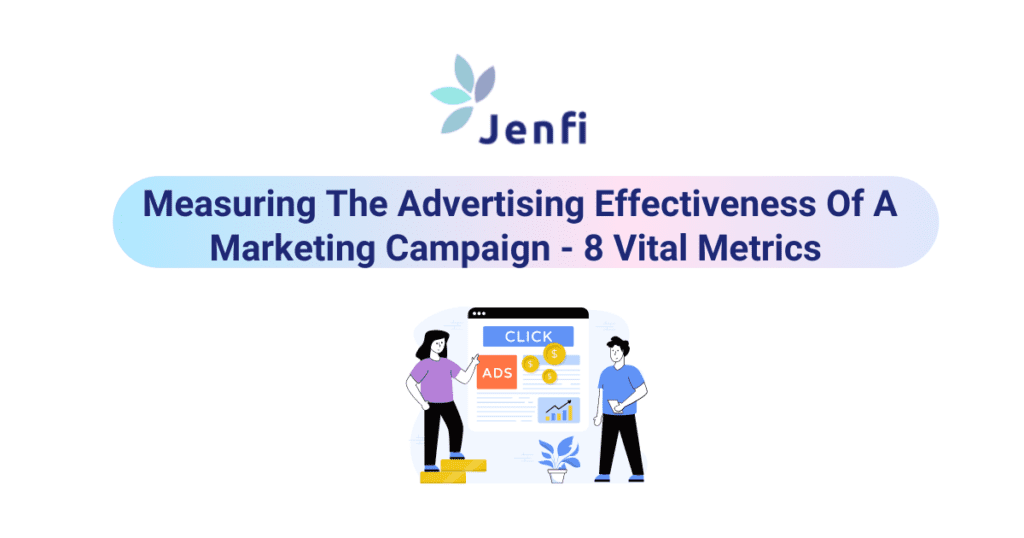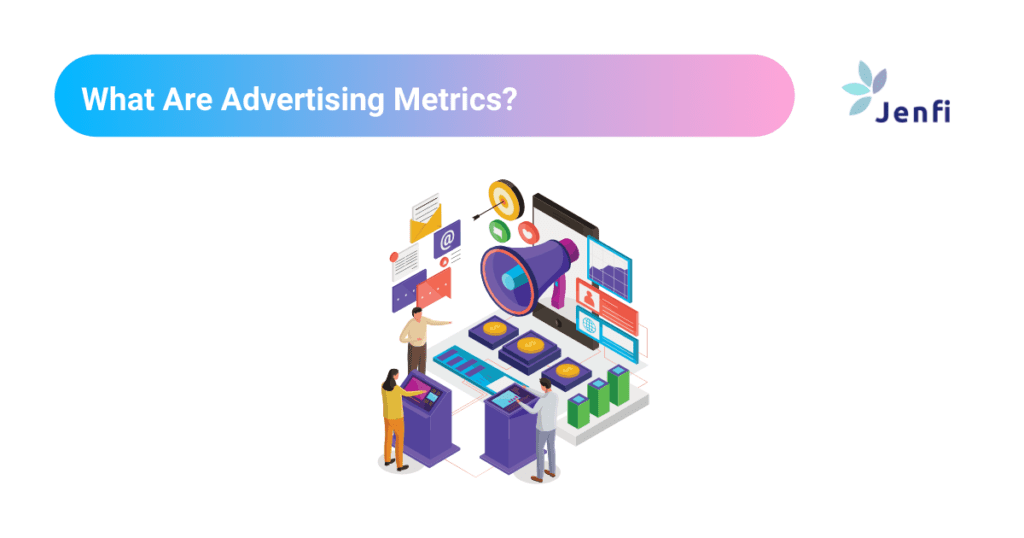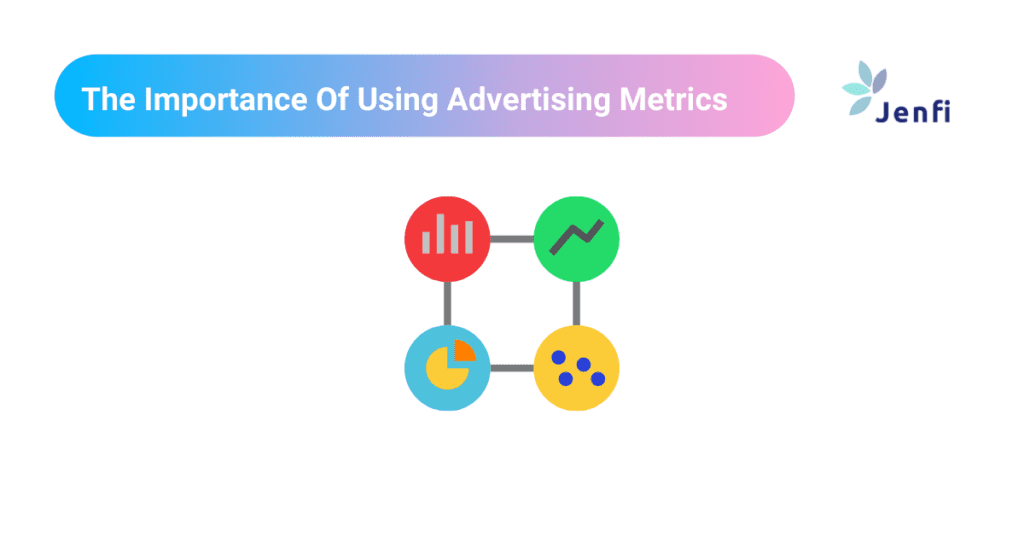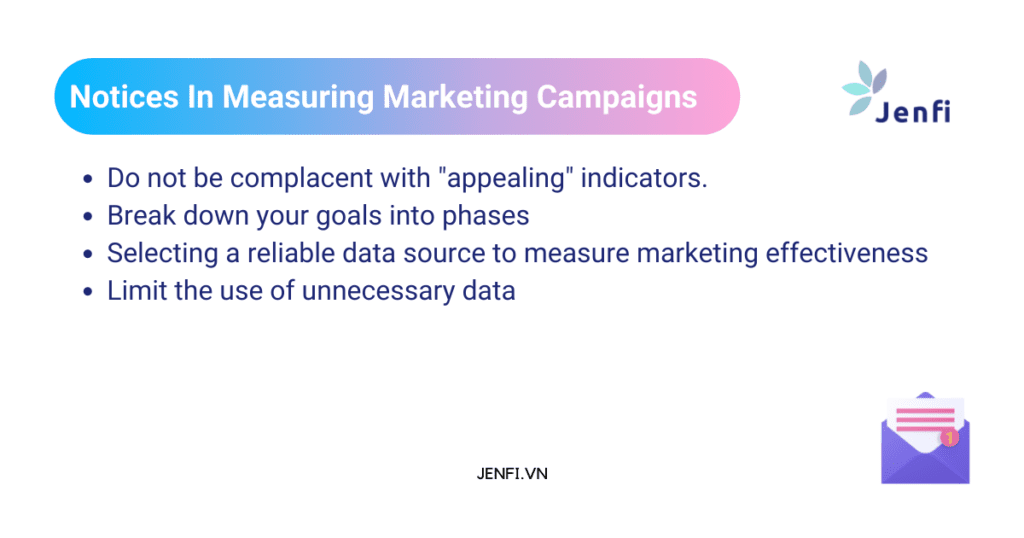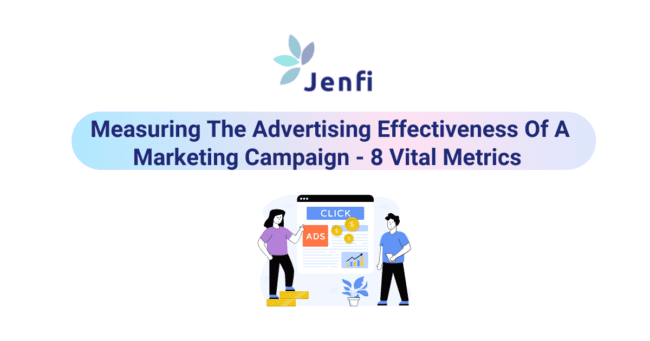Startups: Why You Should Consider Incorporating in Singapore
Singapore is a popular destination for businesses looking to incorporate. It provides a supportive environment for startups and entrepreneurs and its government’s policies give businesses the opportunity to thrive. If you are considering incorporating your business in Singapore, here are some reasons why it might be right for you.
Strategic Location
Located at the crossroads of major shipping routes, Singapore acts as a hub to Southeast Asia and a gateway to the region. And, as a major hub, Singapore has strong international connections that give it access to markets around the world. It’s an ideal location for businesses that are looking to expand into the region or to access global markets.
Favorable Business Environment
Singapore has a stable economy with low taxes, minimal bureaucracy, and a strong legal system. The country ranks high on global indices for ease of doing business, and it has a reputation for being a predictable and transparent market.
Access to Talent
Singapore has a highly educated and skilled workforce for those looking to recruit in fields such as engineering, finance, and technology. For businesses that want to attract and retain international talent, Singapore is an encouraging environment for this due to its flexible work visas and its supportive policies for start-ups.
Strong Government Support
The government of Singapore actively supports businesses. It has implemented a range of policies and initiatives to promote entrepreneurship and innovation including funding programs, tax incentives, and governmental support for research and development. The government also provides a range of resources and services that can help businesses succeed beyond their initial startup stages such as grants, financing, and mentorships.
Efficient Business Registration Process
Incorporating a business in Singapore is relatively straightforward and the registration process is efficient and transparent. The country has a one-stop business portal where new companies register their business and obtain necessary licenses and approvals. This portal is supported by the Accounting and Corporate Regulatory Authority (ACRA). The ACRA website is another great tool for starting a business in Singapore. It covers everything new businesses need to know about getting started and provides videos that can guide you through the registration process and beyond. This process is generally faster and more efficient than in many other countries, making Singapore a great choice for businesses that are looking to get up and running quickly.
Favorable Tax Regime
Singapore has low corporate tax rates and a wide range of tax incentives. The country also uses the territorial tax system, meaning businesses only pay tax on income that is earned in Singapore. This makes it an attractive location for businesses looking to minimize their tax burden, especially for those operating internationally.
Strong Intellectual Property Protection
Singapore has a strong legal system that protects intellectual property i.e., patents, trademarks, and copyrights. The country is a signatory to international intellectual property treaties, which means that businesses can rely on strong legal protections for their intellectual property.
Access to Financing
Singapore has a robust ecosystem for start-ups and early-stage businesses, with a range of financing options available. These include venture capital, angel investment, government grants and government funding programs. There are also a number of incubators and accelerators that support start-ups by providing access to resources and mentorships. Jenfi also offers unique financing options for businesses incorporated in Singapore, these options support businesses with their marketing efforts and inventory acquisition.
There are many advantages to incorporating a business in Singapore. A central location, supportive business environment, skilled workforce, and low tax burden are all strong incentives that continue to bring new businesses into the country. The government policies and robust financing options available to businesses operating within Singapore promote the success of these businesses beyond incorporation. If you are considering incorporating your business in Singapore, keep these benefits in mind and think about how they align with the goals of your business.








